Canada has quietly been a powerhouse of innovation, making discoveries that have transformed medicine, science, and technology on a global scale. From life-saving treatments and cutting-edge biotechnology to advancements in imaging, neuroscience, and diagnostics, Canadian researchers and institutions have contributed breakthroughs that continue to improve lives worldwide. Here are 22 groundbreaking Canadian innovations that are changing the world and truly deserve global headlines.
Discovery of Insulin

The discovery of insulin in 1921 by Canadian scientists Dr. Frederick Banting and Charles Best at the University of Toronto changed the course of diabetes treatment worldwide. Before this breakthrough, a diagnosis of type 1 diabetes was often a death sentence. Insulin allowed patients to manage their blood sugar levels and live longer, healthier lives. This discovery not only saved millions of lives but also earned Banting the Nobel Prize in Physiology or Medicine in 1923. Even today, insulin remains a vital treatment for people living with diabetes around the globe.
First Artificial Cardiac Pacemaker
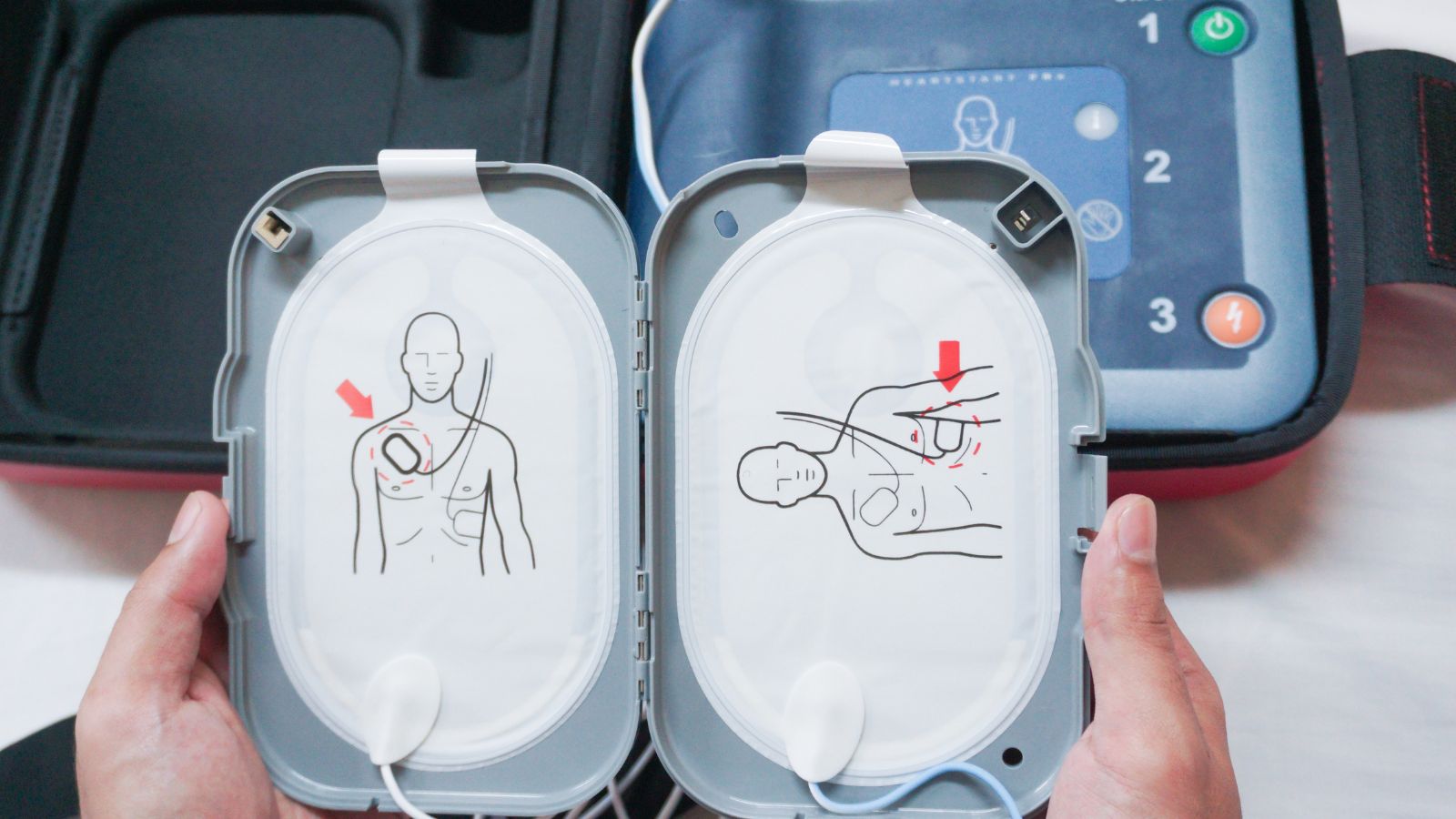
The world’s first external artificial cardiac pacemaker was developed in 1950 by Canadian electrical engineer John Hopps. Often referred to as the father of biomedical engineering in Canada, Hopps designed the device to help regulate abnormal heart rhythms using electrical pulses. This invention laid the foundation for the implantable pacemakers used today, which have helped millions of patients with arrhythmias live longer and more active lives. Hopps’ work marked a significant turning point in cardiac care and medical technology innovation.
Stem Cell Research: Transplantable Stem Cells

In 1961, Canadian scientists Dr. James Till and Dr. Ernest McCulloch at the Ontario Cancer Institute made a groundbreaking discovery by identifying transplantable stem cells. Their research provided the first clear evidence of the existence of stem cells—cells that can self-renew and differentiate into various types of specialized cells. This discovery laid the groundwork for modern stem cell therapies, including bone marrow transplants used in treating leukemia and other blood disorders. Their work continues to have a profound influence on regenerative medicine and research worldwide.
Discovery of T-Cell Receptors

Canadian immunologist Dr. Tak Wah Mak made a significant contribution to immunology with the discovery of the T cell receptor (TCR) in the 1980s. TCRs are proteins found on the surface of T cells that recognize and bind to specific antigens, triggering an immune response. This discovery was key to understanding how the immune system detects and fights infections and cancer. It also paved the way for targeted immunotherapies, including cancer treatments such as CAR-T cell therapy, which rely on modifying T cells to target and attack diseased cells.
HAART HIV/AIDS Treatment as Prevention

Canadian researchers played a vital role in developing and promoting Highly Active Antiretroviral Therapy (HAART) as a method to control the spread of HIV/AIDS. Dr. Julio Montaner, based in British Columbia, was among the first to show that early and consistent use of HAART not only improved the health of HIV-positive individuals but also reduced their chances of transmitting the virus. This approach, known as “treatment as prevention,” has become a global strategy endorsed by the World Health Organization. It has helped transform HIV from a fatal disease into a manageable condition.
Ebola Vaccine Development

A team of Canadian scientists at the National Microbiology Laboratory in Winnipeg developed one of the world’s first effective Ebola vaccines, known as rVSV-ZEBOV. The vaccine showed strong protection against the deadly virus during clinical trials in West Africa and was later approved for global use. Its success marked a major milestone in responding to viral outbreaks and highlighted Canada’s role in global public health. The vaccine is now a key tool in controlling Ebola outbreaks and saving lives in high-risk regions.
MRI (Magnetic Resonance Imaging)
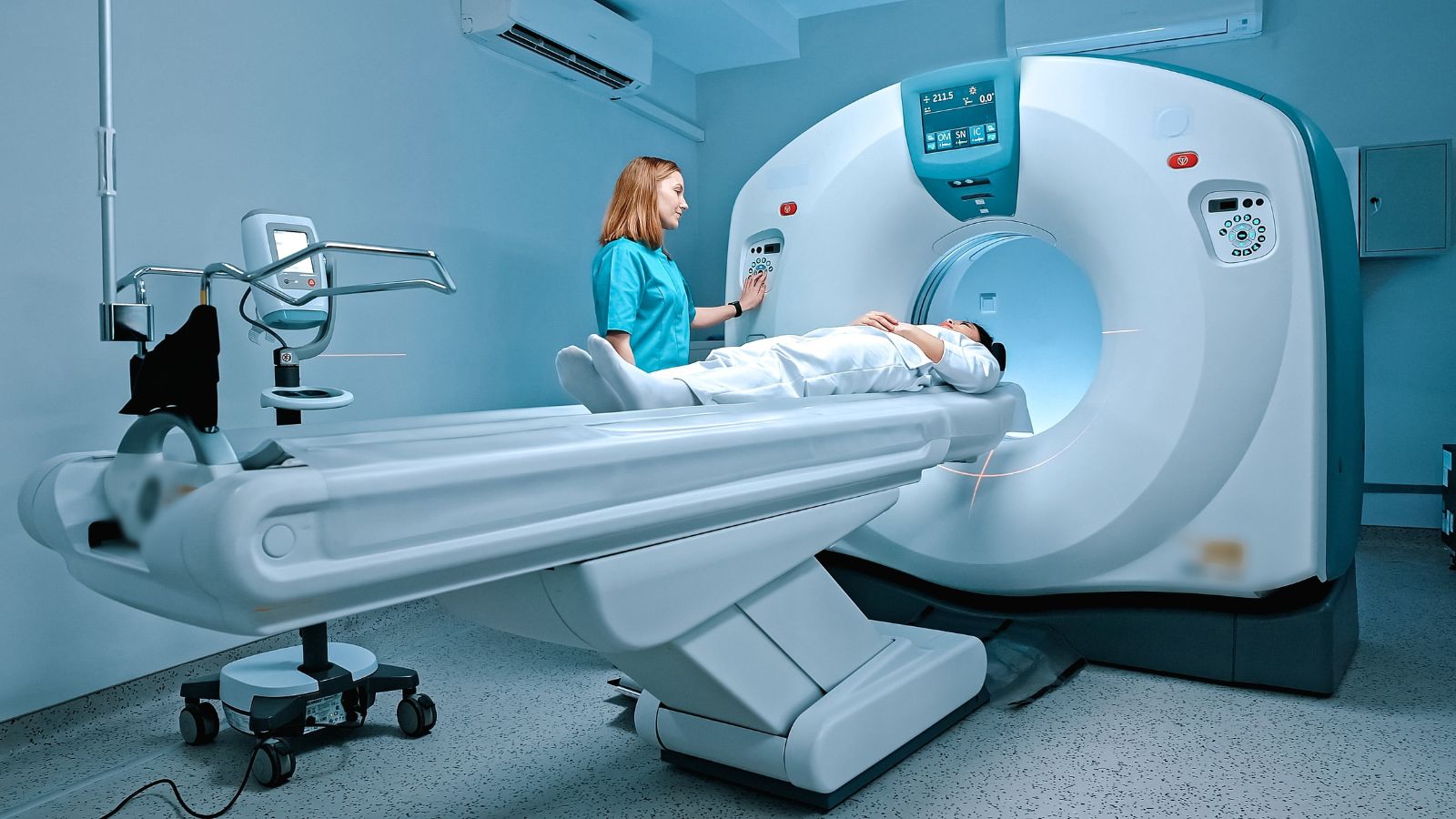
Dr. Raymond Damadian, a Canadian-born physician and medical researcher, made significant contributions to the development of Magnetic Resonance Imaging (MRI). This revolutionary diagnostic tool uses magnetic fields and radio waves to create detailed images of the body’s internal structures. MRI technology has transformed modern medicine by allowing doctors to detect and monitor conditions such as tumors, brain injuries, and spinal cord issues without the need for invasive procedures. Today, MRI machines are standard in hospitals worldwide and remain one of the most potent tools in diagnostic imaging.
HPV Vaccine Clinical Trials Contributions

Canadian scientists were instrumental in the clinical trials and research leading to the development and global approval of the HPV vaccine, which helps prevent cervical and other types of cancer caused by the human papillomavirus. Researchers at Canadian institutions collaborated to validate the safety and effectiveness of the vaccine through extensive studies and data collection. Their work has played a key role in promoting public health initiatives that encourage HPV vaccination for both girls and boys, significantly reducing the rates of HPV-related cancers globally.
Radiotherapy Advances: Hodgkin’s & Breast Cancer
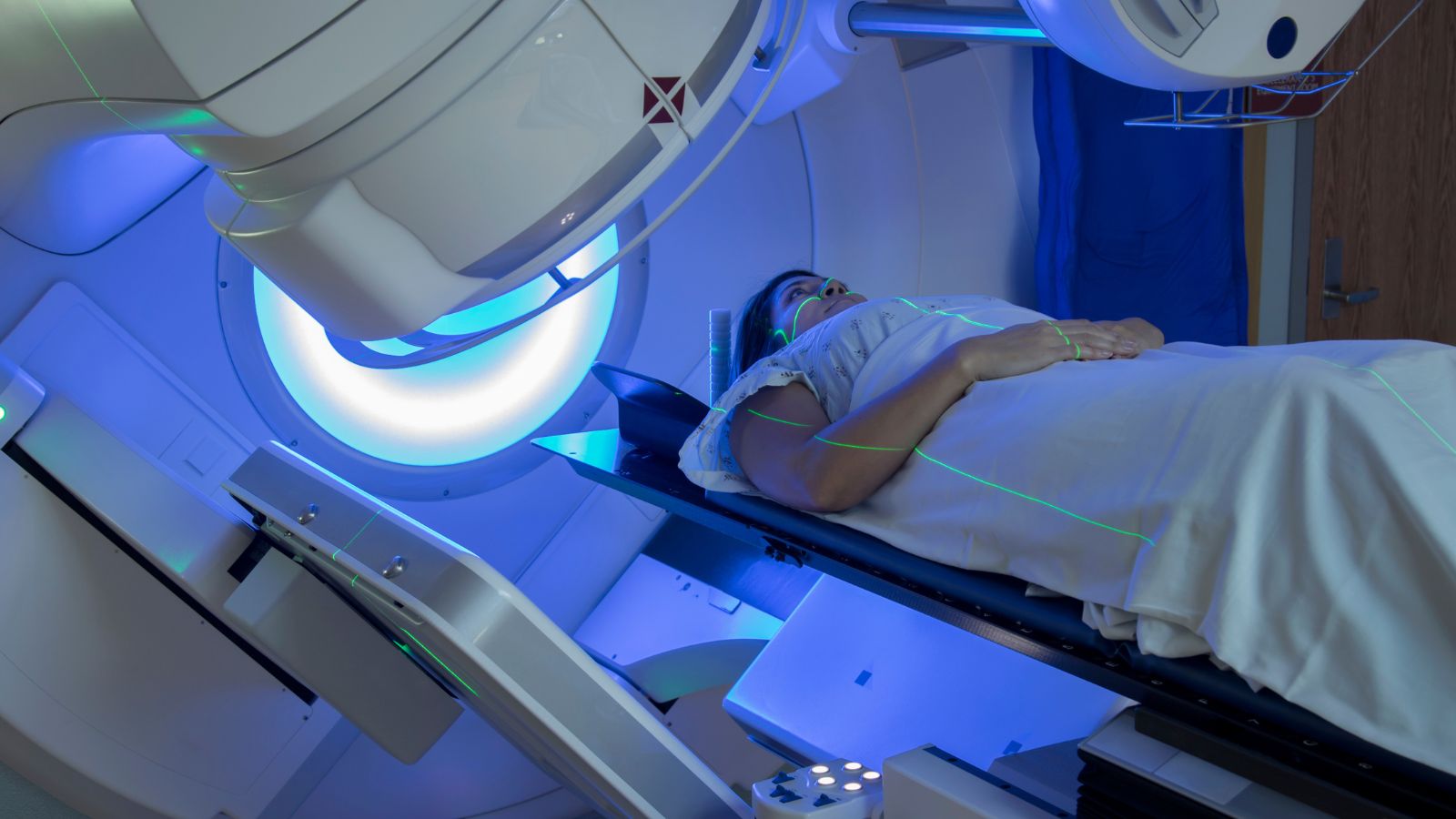
Canada has made significant contributions to improving radiotherapy for cancer treatment, especially in cases of Hodgkin’s lymphoma and breast cancer. Researchers at Canadian cancer centres helped develop more targeted and less harmful radiation techniques, which increased survival rates and reduced side effects. These advancements have become global standards in oncology, allowing patients to receive more precise treatment while preserving healthy tissues. Canada’s leadership in cancer research continues to shape effective, patient-friendly treatment options worldwide.
Child-Resistant Medicine Cap (“Palm ’n Turn”)

The child-resistant medicine cap—commonly known as the “palm ’n turn” cap—was invented in Canada by Dr. Henri Breault in the 1960s. This life-saving yet straightforward design prevents young children from accidentally opening medicine bottles and ingesting harmful substances. Its introduction led to a dramatic drop in accidental child poisonings and has since become a safety standard on medication containers around the world. The invention highlights how practical Canadian innovations can have lasting global health impacts.
Molecular Farming & Plant-based COVID-19 Vaccine (Covifenz)

Canadian biotech company Medicago developed one of the world’s first plant-based COVID-19 vaccines, known as Covifenz. Using a method called molecular farming, the vaccine was produced in living plants rather than in traditional laboratories or animal cells. This innovative approach allowed for faster and more scalable vaccine production. Approved in Canada in 2022, Covifenz demonstrated strong immune responses and offered a new pathway for vaccine development. Though it was later withdrawn for commercial reasons, the breakthrough showcased Canada’s cutting-edge role in biotechnology and pandemic preparedness.
Lipid Nanoparticles Enabling mRNA Therapies

Canadian scientist Dr. Pieter Cullis and his team were pioneers in developing lipid nanoparticles (LNPs), the delivery system that enables mRNA vaccines, such as Pfizer-BioNTech’s COVID-19 vaccine. These microscopic fat bubbles protect the fragile mRNA and facilitate its effective entry into human cells. Without this technology, mRNA vaccines would not work. LNPs have now become the foundation for a new generation of treatments, including vaccines and gene therapies, placing Canada at the forefront of global pharmaceutical innovation.
AI-Powered Cancer Imaging Tools

Canadian researchers have been at the forefront of developing artificial intelligence (AI) tools that enhance cancer imaging and diagnosis. These AI systems are trained to detect abnormalities in scans, such as MRIs, CTs, and mammograms, with remarkable accuracy, often spotting signs that the human eye might miss. Projects from institutions such as the University Health Network and startups across Canada are helping doctors diagnose cancers earlier and more precisely. This technology not only speeds up diagnosis but also improves treatment planning, making cancer care more effective worldwide.
Remote Patient Monitoring Technologies

Canada has been a leader in developing remote patient monitoring technologies, enabling doctors to track patients’ health in real-time without requiring hospital visits. Using wearable devices, mobile apps, and secure digital platforms, these systems monitor vital signs, medication adherence, and symptom changes, particularly for people with chronic illnesses or those recovering at home. During the COVID-19 pandemic, Canadian solutions gained global attention for keeping patients safe and connected to care. These innovations are now shaping the future of accessible and efficient healthcare delivery.
Canadian CAR-T Cell Therapies (Abecma, etc.)
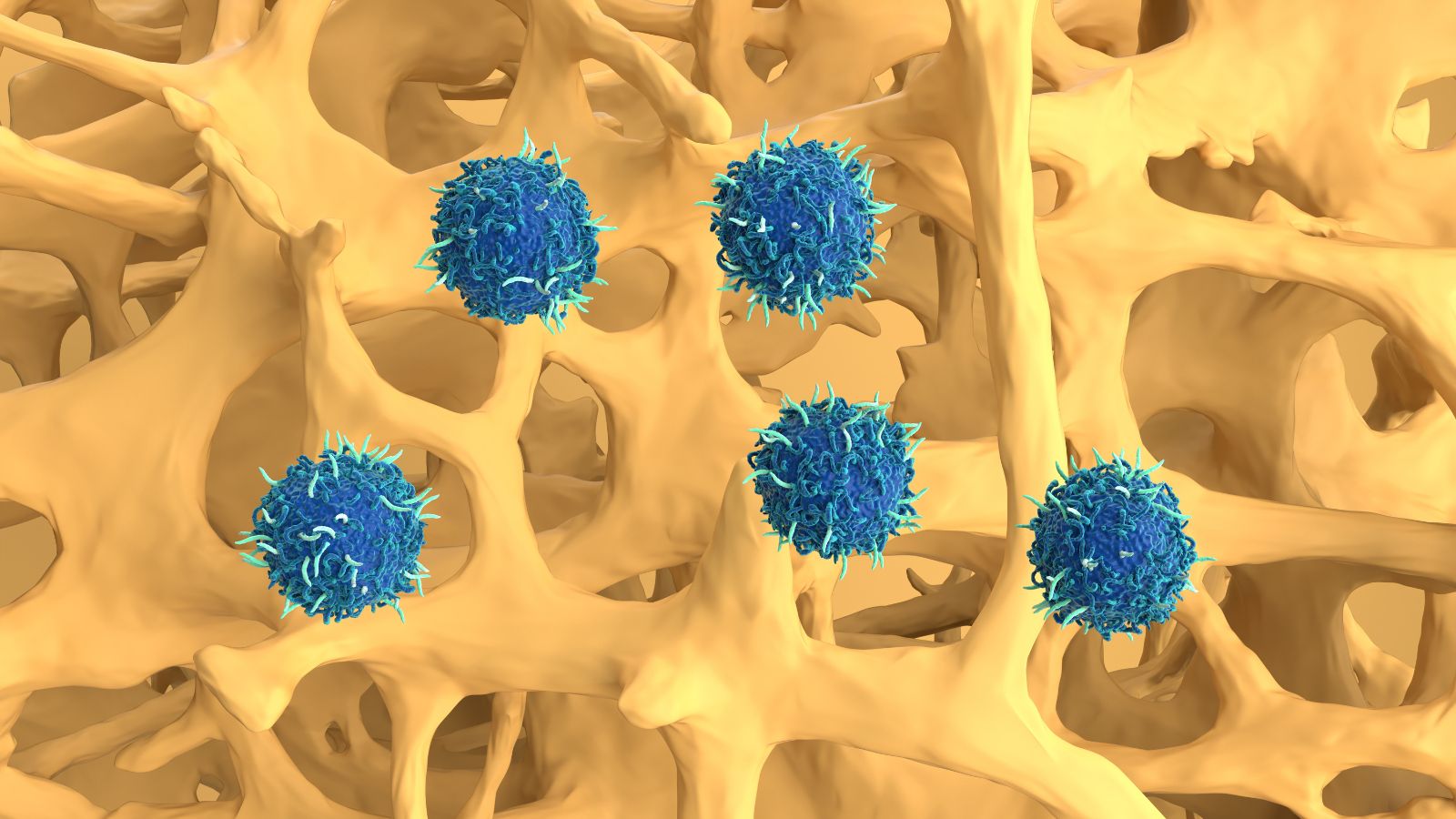
Canada has played a pivotal role in advancing CAR T cell therapy, a revolutionary cancer treatment that reprograms a patient’s immune cells to target and attack cancer cells. Canadian researchers contributed to the development and clinical approval of CAR T therapies, such as Abecma, which are used to treat multiple myeloma. Institutions such as the BC Cancer Agency and hospitals in Ontario have led clinical trials and real-world studies, helping shape global treatment protocols. These therapies offer new hope to patients with aggressive cancers that do not respond to conventional treatments.
Production of Medical Isotopes (Technetium-99m, Cu-64/Cu-67)
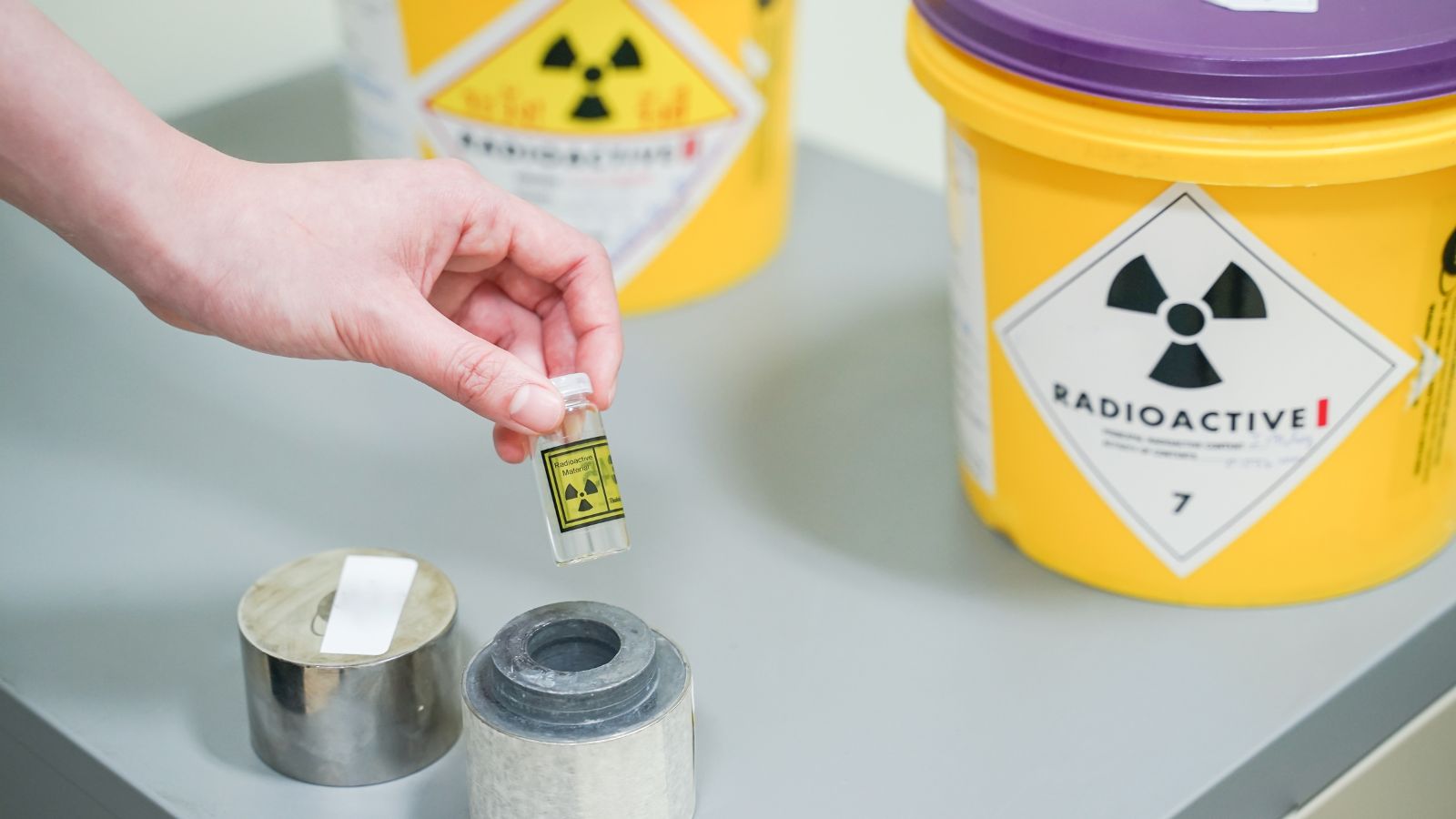
Canada is one of the world’s top producers of medical isotopes, including technetium-99m and copper-64/copper-67, which are essential for diagnosing and treating various diseases. These isotopes are used in imaging scans to detect cancer, heart disease, and neurological disorders, as well as in targeted therapies that destroy cancer cells. With research facilities like TRIUMF and collaborations with nuclear power plants, Canada has ensured a stable supply of these critical materials, supporting hospitals worldwide in delivering accurate and timely care.
Nanorobotic Drug Delivery Systems

Canadian scientists have made significant strides in developing nanorobotic drug delivery systems that can precisely target cancer cells while sparing healthy tissue. Using magnetic nanoparticles and microscopic robotic tools, these systems deliver drugs directly to tumors, increasing effectiveness and reducing side effects. Research teams at institutions like Polytechnique Montréal have led pioneering work in this area. This breakthrough is helping transform how chemotherapy and other treatments are administered, paving the way for smarter, more personalized cancer care.
Smart Cancer-targeting Biogels

Researchers in Canada have created smart biogels that can deliver cancer-fighting drugs directly to tumors. These biogels are injected into the body and slowly release medications in response to the tumor’s environment, such as pH levels or temperature. This approach increases treatment precision while minimizing damage to surrounding healthy tissues. It’s a promising advancement in localized cancer therapy, being tested in various cancer types to improve outcomes and reduce side effects.
Blood-test Screening for Alzheimer’s Disease

Canadian researchers have developed a blood test that can detect early signs of Alzheimer’s disease with high accuracy. By identifying biomarkers associated with the accumulation of amyloid and tau proteins in the brain, this test provides a less invasive and more accessible alternative to current diagnostic methods, such as PET scans or spinal taps. Early detection can help doctors initiate treatment more quickly and effectively monitor disease progression. This innovation brings new hope to millions at risk of developing Alzheimer’s worldwide.
Neuroscience: Fat Accumulation Linked to Alzheimer’s

Canadian neuroscientists have discovered a connection between abnormal fat accumulation in the brain and the development of Alzheimer’s disease. This research suggests that certain types of lipids may contribute to the progression of neurodegenerative conditions. By studying these metabolic changes, scientists are exploring new ways to detect and treat Alzheimer’s earlier. This discovery opens the door to new therapeutic targets and supports the growing understanding that Alzheimer’s is not just a brain disease, but also a metabolic one.
Genetic Discovery of the Cystic Fibrosis (CFTR) Gene

In 1989, Canadian scientists Dr. Lap-Chee Tsui, Dr. Francis Collins, and Dr. Johanna Rommens identified the CFTR gene, which is responsible for cystic fibrosis, a life-threatening genetic disorder affecting the lungs and digestive system. This groundbreaking discovery enabled genetic testing, early diagnosis, and the development of targeted treatments, which have significantly improved patient outcomes. It remains one of the most critical genetic breakthroughs in modern medicine and has inspired research into gene-based therapies for other rare diseases.
Automatic Surgical Tourniquet Systems

Canadian biomedical engineer Dr. James McEwen invented the first microprocessor-controlled automatic tourniquet system, transforming the safety and precision of blood flow control during surgery. These systems help surgeons maintain a bloodless field while reducing the risk of nerve damage and other complications. Now used in millions of surgeries worldwide each year, this innovation has become a global standard in operating rooms, reflecting Canada’s significant impact on improving surgical care.
21 Products Canadians Should Stockpile Before Tariffs Hit

If trade tensions escalate between Canada and the U.S., everyday essentials can suddenly disappear or skyrocket in price. Products like pantry basics and tech must-haves that depend on are deeply tied to cross-border supply chains and are likely to face various kinds of disruptions
21 Products Canadians Should Stockpile Before Tariffs Hit
